Why are leaves green?

An introduction to academia starting with “Why?”
After making a list of questions which would pique anyone’s interest, we asked faculty members on campus who might be knowledgeable in these areas to answer them from the perspective of their respective expertise. Let’s take a look into the world of research through questions that you feel you know something about, but cannot answer definitively when actually asked.
Q16. Why are leaves green?
Plants use photosynthesis to produce sugars and other organic compounds out of light energy, carbon dioxide and water. Wouldn’t plants absorb sunlight more efficiently if their leaves were black? Why are they green?
Visible light is light in the range that can be seen by the human eye. The colors in the visible light spectrum, in increasing order of wavelength, are violet, indigo, blue, green, yellow, orange and red.
Rubisco: a large and inefficient enzyme
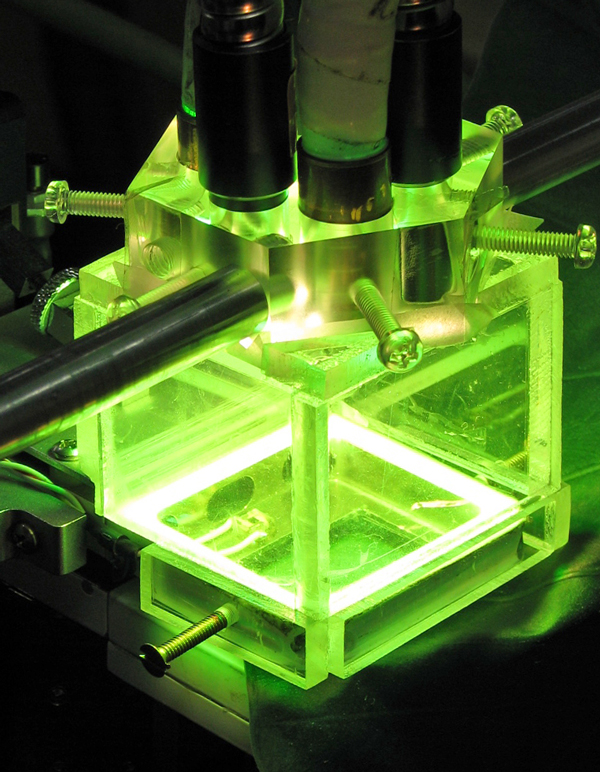
When we see the color black, it means that all light is being absorbed, so it’s true that black leaves would be ideal from the standpoint of efficiency of light absorption. But there are reasons that prevent leaves from achieving 100% light absorption efficiency.
The major reason is the inefficiency of the Rubisco* enzyme, which is a catalyst of carbon dioxide (CO2) fixation in photosynthesis. Rubisco molecules are large and slow at fixing CO2. Massive amounts of Rubisco are needed in order to use sunlight in photosynthesis at high efficiencies. Grinding up leaves and measuring their composition reveals that Rubisco accounts for between 30 and 50% of leaf protein.
Maximizing the speed of CO2 fixation by Rubisco would require high concentrations of CO2 that cannot be attained in the Earth’s atmosphere at present. Moreover, Rubisco fixes not only CO2 but also oxygen (O2). O2 fixation produces a compound that inhibits photosynthesis, so a great deal of energy is expended in detoxification of the compound and salvaging the carbon contained in the compound. In order to enable high volumes of Rubisco to work on high concentrations of CO2 with minimum inhibition by O2, the chloroplasts need to be spread thinly and widely on the surface of cells that are more likely to come into contact with the air. Furthermore, adequate light needs to be supplied to all the chloroplasts. In other words, in addition to absorbing as much light as possible, a leaf needs to be able to deliver that light as uniformly as possible to all areas deep below the surface. And this is where green light comes into play.
Green light penetrates deeply into the leaf
What absorbs light is a pigment called chlorophyll that is contained in the chloroplasts. Blue and red light are absorbed extremely readily by these pigment molecules, so they are absorbed almost entirely by the chloroplasts in the palisade tissue near the upper surface of the leaf. Green light, however, is more difficult to be absorbed, so it can penetrate deeper into the leaf. This penetrating green light is refracted back and forth within the leaf tissue, encountering the chloroplasts repeatedly and gradually being absorbed. This phenomenon is especially noticeable in the spongy tissue in the bottom part of the leaf, which is composed of amorphous cells. As it moves back and forth, however, some of the light escapes from the leaf without being absorbed. Much of this escaping light is green light, and that is why the leaf appears green. Human eyes are most sensitive to green light in bright conditions, so the light escaping from leaves appears extremely vivid, creating the illusion that no green light at all is absorbed. In reality, however, a considerable volume of green light is absorbed and used efficiently in photosynthesis. An ordinary leaf absorbs around 90% of red and blue light, and around 70–80% of green light. Once absorbed, green light is actually just as efficient at driving photosynthesis as red light, and more efficient than blue light.
The Earth’s environment has achieved stability despite experiencing repeated glacial and interglacial periods over the past million years, and plants have adapted to this environment. The dramatic rise in the atmospheric CO2 level and the associated global warming since the Industrial Revolution has exposed plants to a high-temperature, high-CO2 environment that they have not experienced for the past million years. In order to safeguard the food supply and livelihood of the Earth’s ten billion people in this new environment, what kind of plants should we create? This is the question I hope to answer through my research.
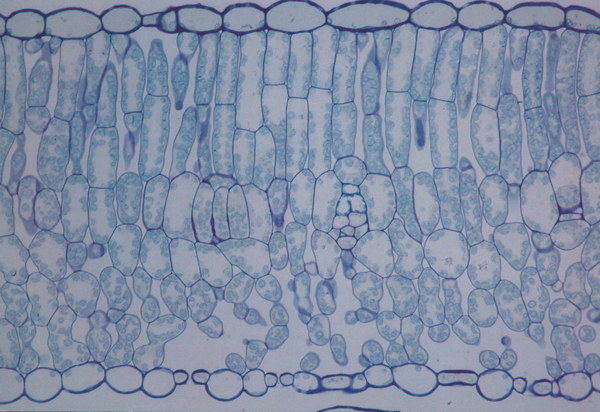
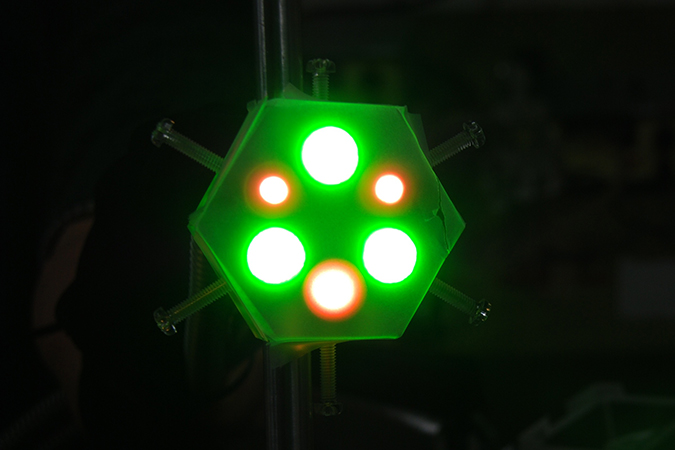
*Rubisco: An abbreviation of Ribulose-1,5-bisphosphate carboxylase/oxygenase
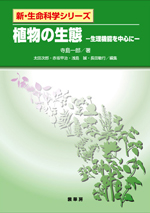
Shin Seimei Kagaku Shirizu Shokubutsu no Seitai — Seiri Kino wo Chushin ni [Plant Physiological Ecology] (Shokabo, 2013)
This book covers the fundamentals of the physiological ecology of plants. Learn about a range of topics from the processes of photosynthesis to the evolution of terrestrial plant life.
* This article was originally printed in Tansei 45 (Japanese language only). All information in this article is as of September 2022.



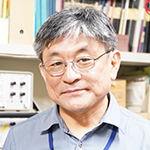 Answered by Ichiro Terashima
Answered by Ichiro Terashima


